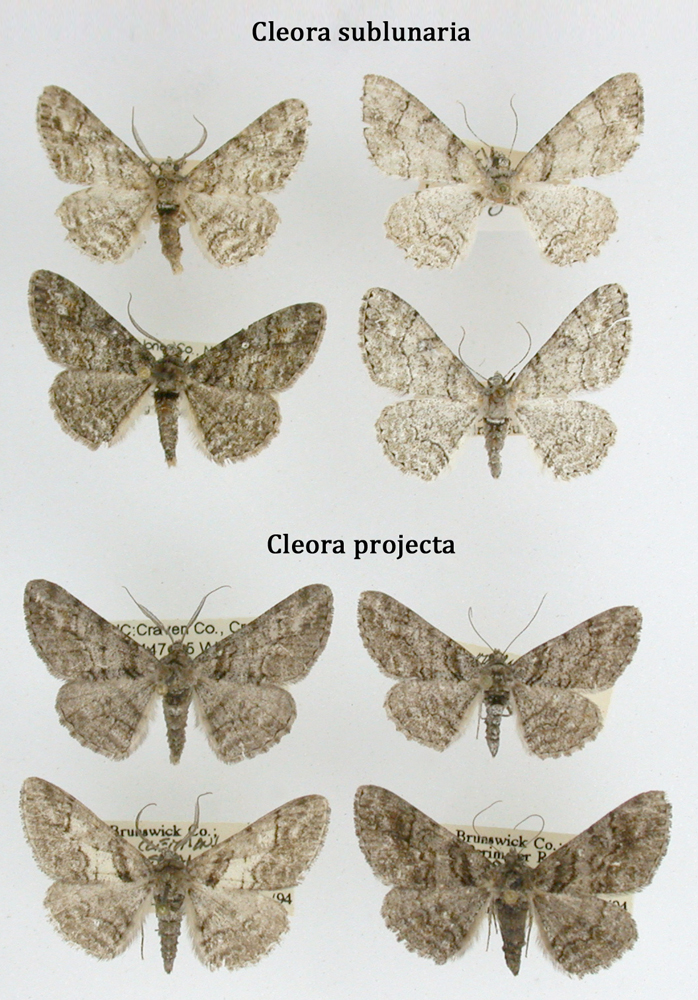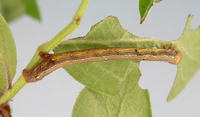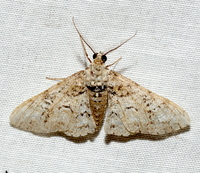
| Recorded by: Jeff Niznik, David George on 2025-04-05
Chatham Co.
Comment: | 
| Recorded by: G. Newman on 2025-03-31
Onslow Co.
Comment: |
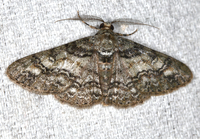
| Recorded by: Jim Petranka on 2025-03-30
Madison Co.
Comment: | 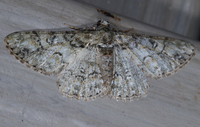
| Recorded by: Jim Petranka on 2025-03-29
Madison Co.
Comment: |
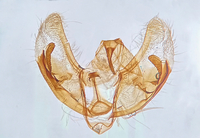
| Recorded by: Jim Petranka on 2025-03-29
Madison Co.
Comment: | 
| Recorded by: Jeff Niznik, David George, Rich Teper on 2025-03-28
Chatham Co.
Comment: |
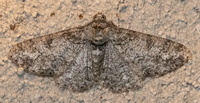
| Recorded by: Emily Stanley on 2025-03-26
Buncombe Co.
Comment: | 
| Recorded by: Mark Basinger on 2025-03-24
Brunswick Co.
Comment: |

| Recorded by: Mark Basinger on 2025-03-24
Brunswick Co.
Comment: | 
| Recorded by: R. Newman on 2025-03-22
Carteret Co.
Comment: |

| Recorded by: Jeff Niznik on 2025-03-19
Orange Co.
Comment: | 
| Recorded by: Dean Furbish, Lior S. Carlson on 2025-03-19
Orange Co.
Comment: |

| Recorded by: Dean Furbish, Lior S. Carlson on 2025-03-19
Orange Co.
Comment: | 
| Recorded by: Simpson Eason on 2025-03-17
Durham Co.
Comment: |

| Recorded by: David George, Steve Hall on 2025-03-15
Chatham Co.
Comment: | 
| Recorded by: Mark Basinger on 2025-03-14
Wilson Co.
Comment: |

| Recorded by: Simpson Eason on 2025-03-01
Durham Co.
Comment: | 
| Recorded by: Mark Basinger on 2024-04-06
Brunswick Co.
Comment: |
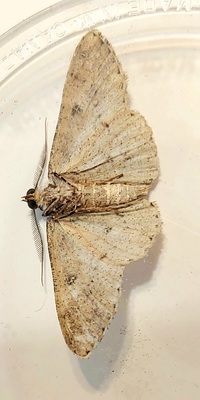
| Recorded by: Mark Basinger on 2024-04-06
Brunswick Co.
Comment: | 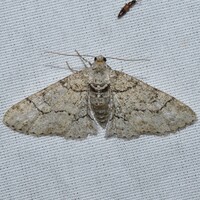
| Recorded by: David George, Jeff Niznik on 2024-04-01
Chatham Co.
Comment: |
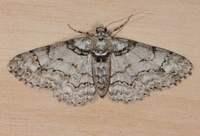
| Recorded by: Jim Petranka and Becky Elkin on 2024-03-31
Madison Co.
Comment: | 
| Recorded by: Stephen Dunn, Jeff Niznik, David George on 2024-03-31
Orange Co.
Comment: |
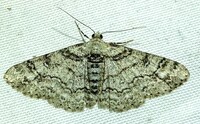
| Recorded by: Dean Furbish on 2024-03-30
Wake Co.
Comment: | 
| Recorded by: Dean Furbish on 2024-03-23
Wake Co.
Comment: |

| Recorded by: Stephen Dunn on 2024-03-17
Orange Co.
Comment: | 
| Recorded by: Emily Stanley on 2024-03-16
Buncombe Co.
Comment: |

| Recorded by: R. Newman on 2024-03-14
Carteret Co.
Comment: | 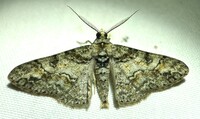
| Recorded by: Dean Furbish on 2024-03-13
Wake Co.
Comment: |

| Recorded by: John Petranka on 2024-03-11
Bladen Co.
Comment: | 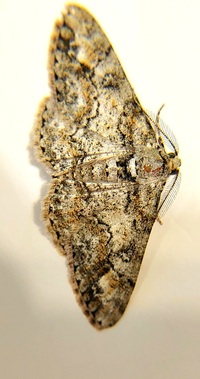
| Recorded by: Mark Basinger on 2024-03-10
Brunswick Co.
Comment: |
|

 »
»